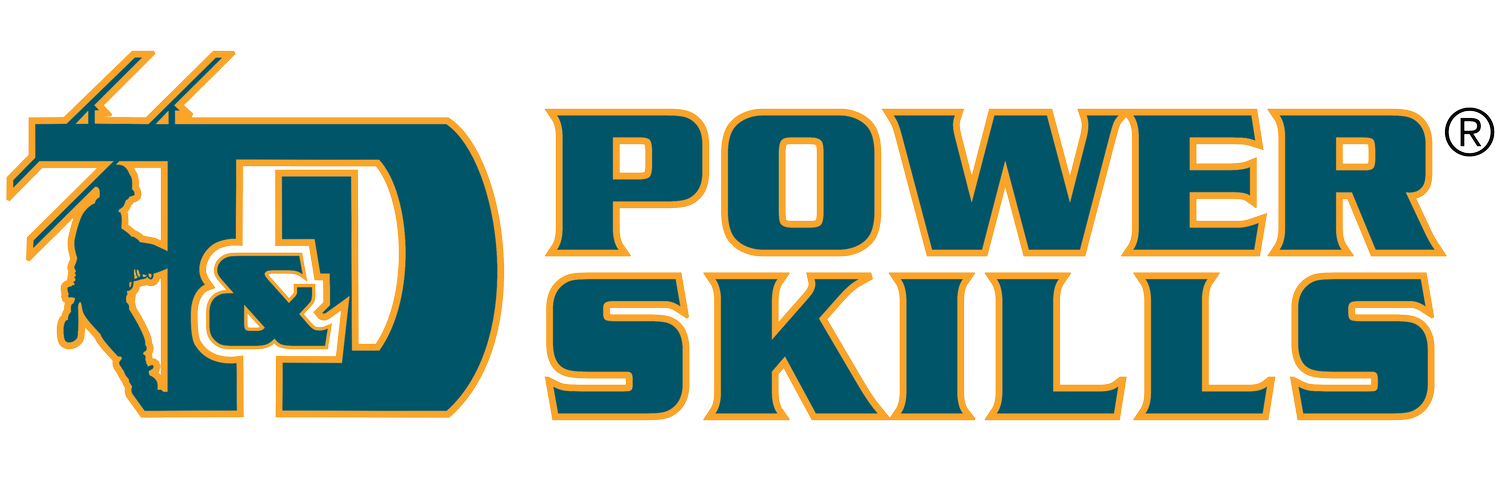URD Troubleshooting
COURSE DESCRIPTION
This course describes methods that can be used to troubleshoot two types of problems that may affect URD systems: transformer faults and cable faults.
COURSE GOALS
Describe the layout of a typical underground residential distribution system.
Describe methods that can be used to troubleshoot transformer faults.
Describe methods that can be used to troubleshoot cable faults.
Identify equipment used in the troubleshooting process.
SUBJECTS AND OBJECTIVES
Isolating Transformer Faults
Describe the layout of a typical underground residential distribution (URD) system.
Describe how to troubleshoot a transformer fault in which only the transformer primary fuse is blown.
Describe how to troubleshoot a transformer fault in which the rise pole fuse is blown, but the transformer primary fuse is intact.
Isolating Cable Faults – Part 1
Describe how to troubleshoot a cable fault in a system equipped with cable fault indicators.
Identify three common types of cable fault indicators.
Describe how to troubleshoot a cable fault by isolating and testing one section of cable at a time starting at the normally open point in the loop.
Describe how to troubleshoot a cable fault by isolating and testing one section of cable at a time starting at a blown riser pole fuse.
Isolating Cable Faults – Part 2
Describe how to troubleshoot a cable fault by re-energizing one section of cable at a time.
Describe how the area to be isolated and tested for a cable fault in a URD system can be reduced.
Describe the major difference between troubleshooting a transformer fault or a cable fault in a three-phase system and troubleshooting a transformer fault or a cable fault in a single-phase system.
Describe how to troubleshoot a cable fault using a radar fault locator.
